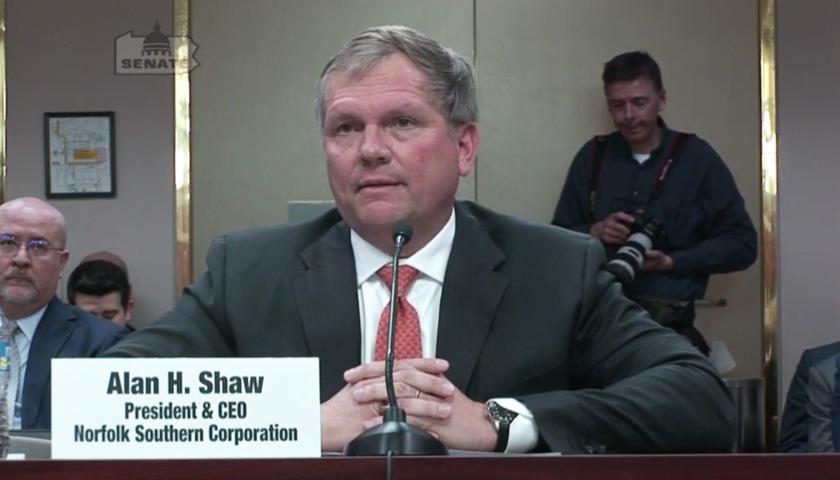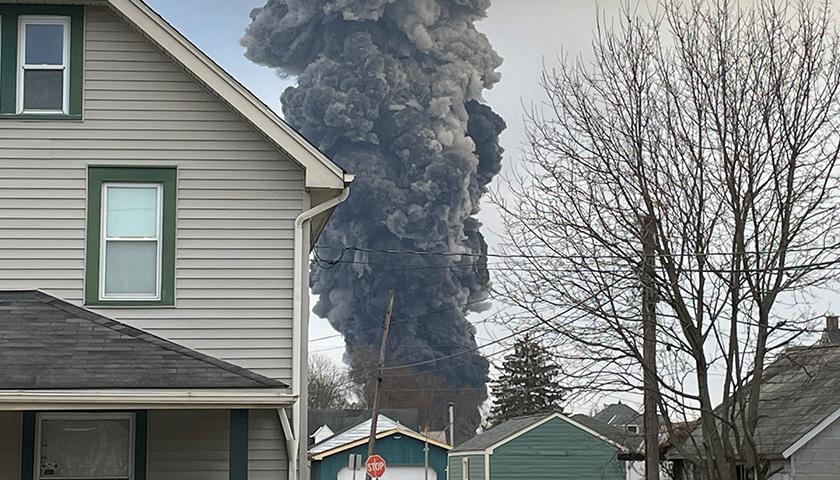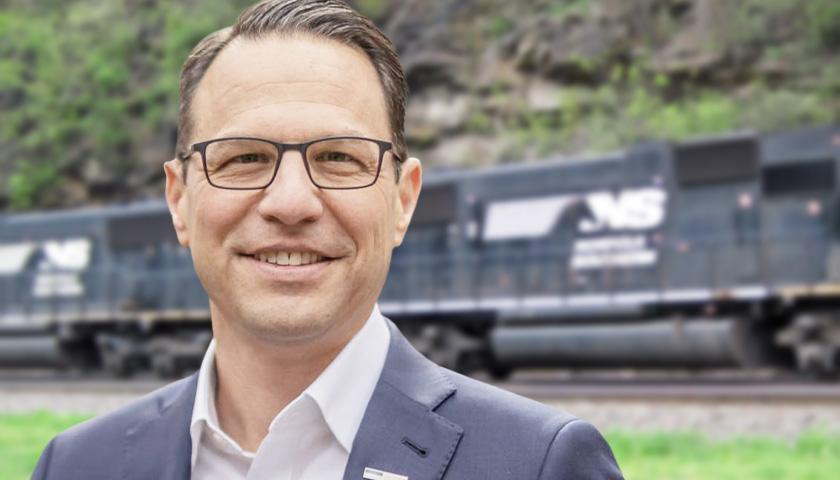Norfolk Southern Corp. Chief Executive Officer Alan Shaw told Pennsylvania lawmakers on Monday that the response to February’s Ohio train derailment “worked” and that state officials thoroughly backed it.
Shaw’s appearance before the state Senate Veterans Affairs and Emergency Preparedness Committee came about as a result of a subpoena earlier this month after the rail-company executive initially declined to speak to the panel. Senators also subpoenaed the corporation’s internal communications related to the wreck, some of which committee Chair Doug Mastriano (R-Gettysburg) said have been turned over and others of which he says he still awaits.
Read More





